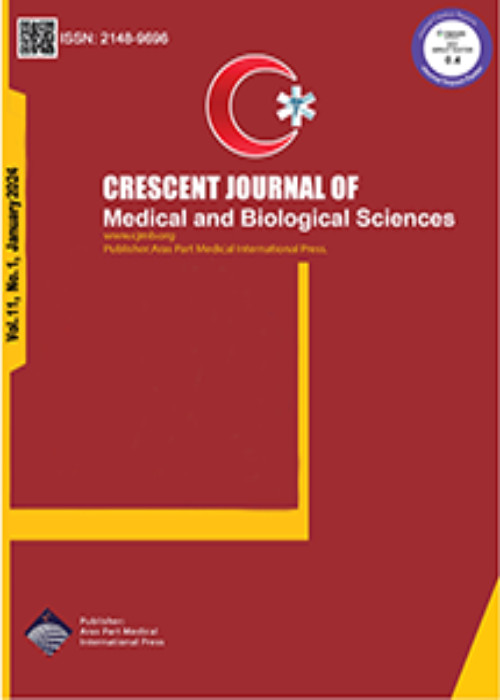Occupational Exposures to Anesthetic Gases in Operating Room
Author(s):
Abstract:
Despite the significant role of environment in human safety, the impact of operating room environment on staff health was considered in the middle of 1990s.1 Operating room staff, particularly women are among high risk groups due to exposure to chemicals, ionizing radiation,2 drugs, pathogens-induced blood infection, needle stick injuries and contact with contaminated secretions, blood and body fluids.3,4 However, one of the occupational hazards is exposure to anesthetic agents.5 Anesthetic gases are the primary source for hospital air contamination.6 These gases are rapidly eliminated from the body due to their low solubility.5 Therefore, there have been reported several neurological toxic, immunosuppressive, reproductive effects, carcinogenic, genetic damage, liver-kidney and respiratory adverse effects.7 Repeated exposure may lead to cellular damage, increases in cell proliferation, hyperplasia and finally tumor development.5 The effects of chronic exposure to anesthetic gases on the medical staff and team"s health and well-being are of prime important. In survey of occupational exposures literature from 2000 to 2016, general information about occupational exposures to anesthetic gases in operating room was collected. The most important finding of the articles reviewed and published concerning the dangers of anesthetic gases in the operating room staff is occupational exposure to anesthetic gases, including genotoxic damage and fetal abortion and abnormalities and liver toxicity in the operating room staff. Genotoxity is associated with waste inhaled anesthetic.8 Significant amount of inhaled anesthetic gases was found in dental surgery clinics, resulting in spontaneous abortion and liver disease.9 Primary studies on N2O toxicity due to exposure with N2O showed reproductive problems, but this concern was not demonstrated.10 The approaches for diminishing of operating room staff exposure-related risks include appropriate guidelines such as lowering their work hours in operating rooms, considering recommended exposure limit for special groups such as pregnant women or those with hepatic dysfunction, providing comprehensive training course, improving ventilation scavenger system, utilizing standard equipment as far as possible and promoting self-awareness.
Language:
English
Published:
Crescent Journal of Medical and Biological Sciences, Volume:4 Issue: 3, Jul 2017
Pages:
90 to 91
magiran.com/p1704647
دانلود و مطالعه متن این مقاله با یکی از روشهای زیر امکان پذیر است:
اشتراک شخصی
با عضویت و پرداخت آنلاین حق اشتراک یکساله به مبلغ 1,390,000ريال میتوانید 70 عنوان مطلب دانلود کنید!
اشتراک سازمانی
به کتابخانه دانشگاه یا محل کار خود پیشنهاد کنید تا اشتراک سازمانی این پایگاه را برای دسترسی نامحدود همه کاربران به متن مطالب تهیه نمایند!
توجه!
- حق عضویت دریافتی صرف حمایت از نشریات عضو و نگهداری، تکمیل و توسعه مگیران میشود.
- پرداخت حق اشتراک و دانلود مقالات اجازه بازنشر آن در سایر رسانههای چاپی و دیجیتال را به کاربر نمیدهد.
In order to view content subscription is required
Personal subscription
Subscribe magiran.com for 70 € euros via PayPal and download 70 articles during a year.
Organization subscription
Please contact us to subscribe your university or library for unlimited access!


